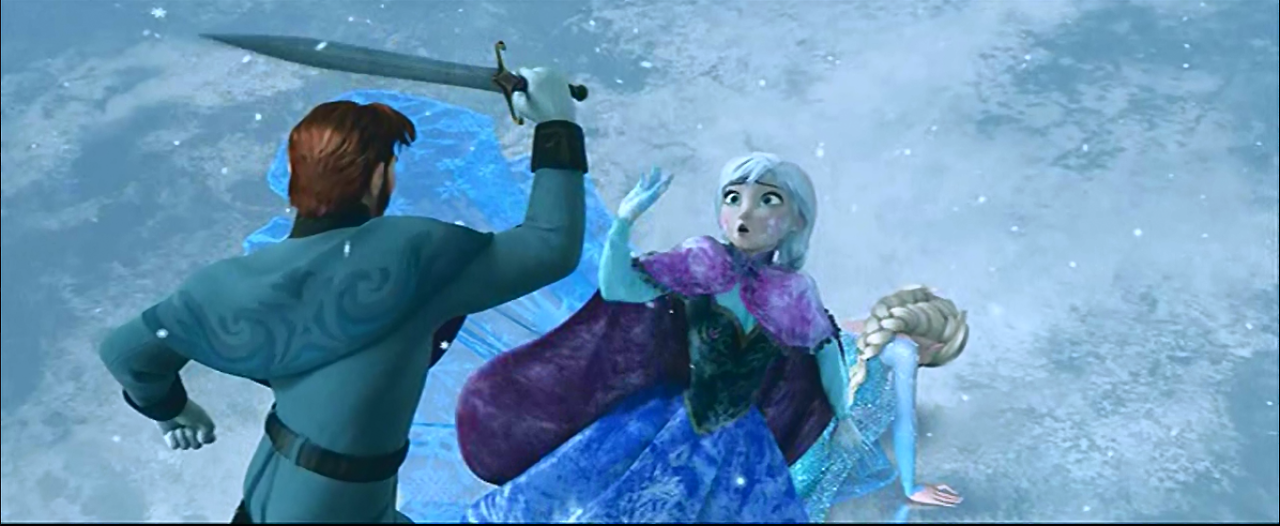This year I experienced Valentine’s Day to the fullest
extent. I live on a hall with twenty other girls, half of which are in
relationships. Our hall was filled with balloons, Valentine’s Day cards,
flowers, and candy. I personally passed out elementary school style valentines
to my hall mates. There were romantic dinners and single ladies’ nights and
even a “Love Sucks” party to attend. I witnessed every side of college student
viewpoints on love. However, in the aftermath of the cheesiest day of the year,
I could not help wonder what motivates people to participate in Valentine’s
Day.
For those in relationships,
Valentine’s Day is a tool to determine the level of your partner’s affection. “The
value of Valentine’s Day is that it creates an environment in which those in
relationships can get information about how committed
their partner is. Of course, we look for this information
throughout the year, but February 14 is the one day when you have to show your
hand,” argue McArthur and Adshade. In fact, 53% of women say that they would
end their relationship if they did not receive anything for Valentine’s Day (StatiticBrain.com).
People in relationships impose a certain pressure on one another to show their
affection through silly gifts like flowers and candy.
This social pressure is also coming
from businesses and restaurants who generate revenue from this holiday. The
average annual spending on Valentine’s Days gifts is $13.19 Billion, averaging
out to $116.21 per average participating consumer. About 180 million Valentine’s
Day cards are sold, and 196 million roses were given out in 2015. In fact,
about 40% of annual revenue of florists is generated on Valentine’s Day (Barzel,
Gary). With approximately 62% of consumers participating in Valentine’s Day,
florists, jewelry stores, restaurants, and other chocolate rendering
corporations send out thousands of advertisements making this holiday of love something
of national importance (StatisticBrain).
This social pressure to be in
love devalues the single phase of one’s life. Being single is the time in your life
to figure out your life goals and the purpose of your life. This social
pressure can be damaging because it coerces people to feel the need for a
partner. Valentine’s Day for singles can be a lonely time, if they allow
themselves to be subject to the societal pressure to be in love.
Bibliography
McArthur, Neil, and Marina
Adshade. "Why It's Better to Be Single on Valentine's Day." Time.
Time, 10 Feb. 2015. Web. 28 Feb. 2015.
"Valentines Day
Statistics." Statistic Brain RSS. Statistic Brain, 28 Jan. 2015. Web. 28 Feb. 2015.
Barzal, Gary. "Connect
With Us." MintLife Blog. MintLife, 9 Feb. 2015. Web. 28 Feb. 2015.
Links to Articles:

